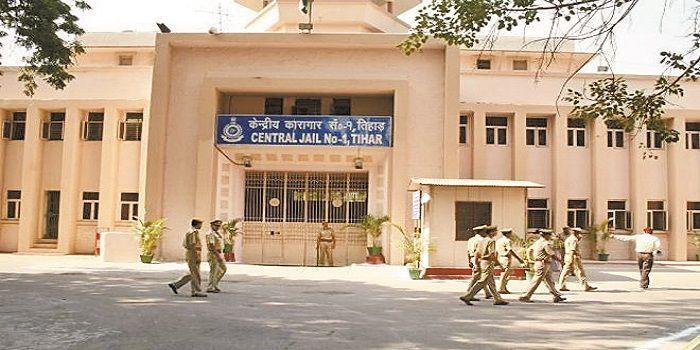Undermining State Institutions

For a country obsessed with security, the vital institutions of the State are pathetically weak. Despite all the talk of ‘sealing borders’, ‘surgical strikes’ and other forms of bravado, prisons are some of the least secure places. For the second time since 2015, the accused were broken out of prison by a mob, then lynched. In Tihar jail, it was revealed that the CCTV cameras were not working when the Tamil Nadu Special Force assaulted prisoners. The issue is that the institutions of the criminal justice system are failing.
The police lockup was raided in Tezu, Arunachal Pradesh where two persons accused of raping and murdering a minor were broken out after the mob overpowered the police personnel there. The two accused were then paraded to the traffic junction where the mob lynched them and attempted to burn the bodies. By then the police took control of the situation and recovered the bodies. In 2015 in Dimapur, Nagaland, a man accused of rape was again broken out of the lockup by a mob, paraded to the clock tower where he was then hung. On one hand, these incidents took place in a far-flung part of the country with names that are difficult to pronounce, on the other hand, it is a ‘backward’ area where people are prone to violence, and then of course law and order is a state subject. Fair enough, then what about the case of the 18 inmates getting beaten up by the Tamil Nadu Special Force in Tihar Central Jail in New Delhi NCR? Not to forget the time when 47 undertrials accused the Tihar Jail authorities of human rights violations.
On November 21 last year, a scuffle broke out in Jail No. 1, in Tihar Jail. The ‘scuffle’ resulted in 18 prisoners getting mercilessly beaten by the jail authorities. According to the report submitted a High Level Committee to the High Court, the prisoners suffered sustained cuts and lacerated wounds including on the head, as well as contusions and swelling on their bodies. The jailers, on the other hand, had received ‘minor injuries’. Six out of 18 inmates had fractures. The report also mentioned that the doctors were informed of the inmates’ injuries around three hours after the ‘incident’ took place and that the jailers had been rushed to receive medical attention immediately after the ‘incident’.
On September 9, last year, the Delhi High Court had passed an Order based on a petition moved by Advocate Arvind Kumar after his client was not produced by the Tihar Jail authorities at the Tis Hazari Court. It then transpired that his client, along with other undertrials, were allegedly peddling drugs and had ‘created a scene’ which the jail authorities had to bring under control. The advocate then requested for the CCTV footage to be provided to corroborate either story. To this, the jail authorities responded by stating that the CCTV cameras were ‘not working’ at the time. The Order passed by the Court allowed the Advocate to meet his client in the hospital. This ‘incident’ took place in Jail No. 3. On November 1, the High Court passed another Order directing a High Level Committee consisting of a retired District Judge who has served in Delhi as the Chairperson, a senior official of the National Informatics Centre, and a senior official of the Delhi Police to review the situation in Tihar Jail.
The Order of the High Court is interesting in the observations the Court made. The Court noted that out of 83 cameras in Jail No. 3, only 19 were operational. This translates as 77% of the cameras in Jail No. 3 were out of order. Further, the jail authorities mentioned that on average 10% of the 500 CCTV cameras in Tihar Jail would be out of order at any given time. The cameras would often take days to be repaired as there was only 1 technician who was a private contractor.
The lack of security for inmates, undertrials, and detainees makes clear the abysmal condition of the institutions of criminal justice. That the police stations were overrun and the detainees lynched shows a failure on the part of the police to enforce the procedure established by law. When the undertrials and inmates are beaten by the jail authorities, this too reflects the failure of the authorities in enforcing the procedure established by law. Malfunctioning CCTV cameras are only a part of the problem. Whether the cameras were malfunctioning or not, the lack of severe injuries on the jailers defeats their claims of rowdy and riotous inmates. The sticking point is that a malfunctioning institution of criminal justice needs to be rectified before chest thumping on the borders.
Get the latest reports & analysis with people's perspective on Protests, movements & deep analytical videos, discussions of the current affairs in your Telegram app. Subscribe to NewsClick's Telegram channel & get Real-Time updates on stories, as they get published on our website.
























